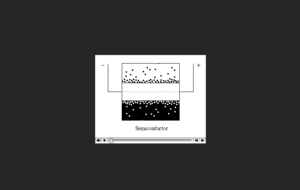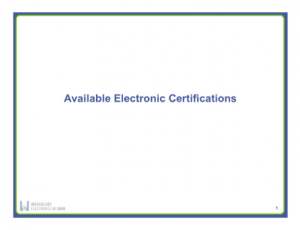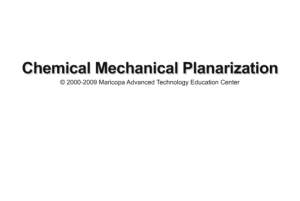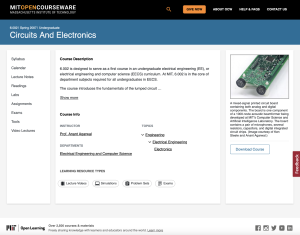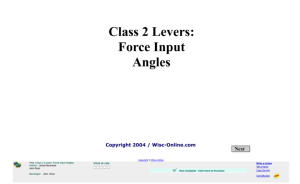Browse Resources
Engineering Technologies -- Electronics and controls
Resources | |
|---|---|
This lecture, published by Columbia Gorge Community College, uses illustrations to "examine the electrical properties of series and parallel configurations of capacitors." The recording runs 21:48 minutes in length and part one is available to view separately.
Created by the Georgia Institute of Technology, this is an animation of carrier flow in a intrinsic semiconductor. The video runs 00:15 seconds in length and is available free for download.
This online video is an animation of carrier flow in a semiconductor. Electrons move about on both sides of the substrate, and positive and negative poles are shown. The semiconductor is sandwiched in-between opposing flows of electrons. This video runs 00:03 seconds in length and is free for...
Description:
This learning module is provided by Work-Ready Electronics and covers electronic certifications. Work-Ready Electronics modules are intended to be used either independently or integrated with current electronics curricula in college programs. This module is divided into three sections:...
This simulation, provided by Maricopa Advanced Technology Education Center (MATEC), uses controls (drop down menus) to adjust down force and platen speed parameters to determine an optimum CMP process recipe for focal semiconductor manufacturing. Users may assume that focal is using a rotational...
This website serves the international embedded design community and provides content for professional engineers and programmers. The site includes the following sections: Magazine, Vendor Directory, Workspaces, Hackerspaces, Submit, Shop, Design Challenge and Contests, and About Us. The Circuit...
This is a course description for Massachusetts Institute of Technology’s (MIT) course 6.002, Circuits and Electronics. It is designed to serve as the first course in an undergraduate electrical engineering or electrical engineering and computer science curriculum. The course introduces the...
This video, published by Columbia Gorge Community College, is the first part of a two part lecture that covers the calculation of circular surface area and cylindrical volume, the use of these calculations in hydraulic systems, and common volume unit conversions in the hydraulics industry. This...
This video, published by Columbia Gorge Community College, is the second part of a two part lecture that covers the calculation of circular surface area and cylindrical volume, the use of these calculations in hydraulic systems, and common volume unit conversions in the hydraulics industry. This...
This interactive presentation, created by James Bourassa and John Rosz, explains how the input of force reacts with lever systems. The authors address the physics behind levers, and how when proper angles are used in design the effective force increases greatly. The format of the lesson is similar...
| |
| ← Previous | Next → |


